1. Donyale Luna Made High Fashion More Inclusive
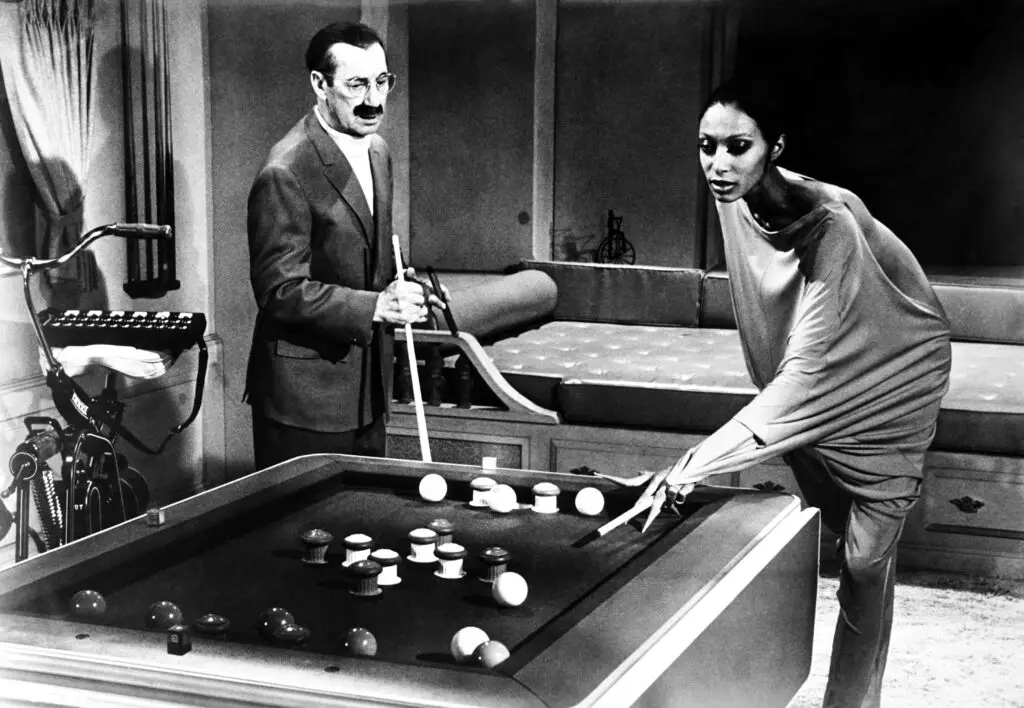
In the ’60s, the fashion world was still overwhelmingly white, but Donyale Luna changed that when she became the first Black woman to grace the cover of British Vogue in 1966. With her striking features and statuesque frame, she shattered expectations of what a model “should” look like. While she didn’t always get the credit she deserved, her presence made space for future Black supermodels. She was also a muse to some of the biggest designers of the time, like Paco Rabanne and Yves Saint Laurent says Vogue.
Despite her success in Europe, she faced major challenges in the U.S., where racism in the fashion industry ran deep. Magazines hesitated to book her, and even Vogue in the U.S. wouldn’t feature her on the cover. But her influence rippled far beyond what was printed in magazines. She paved the way for models like Naomi Campbell, Tyra Banks, and today’s runway stars. Her quiet revolution proved that beauty standards were long overdue for an overhaul.
2. Zelda Wynn Valdes Defined the Hourglass Silhouette
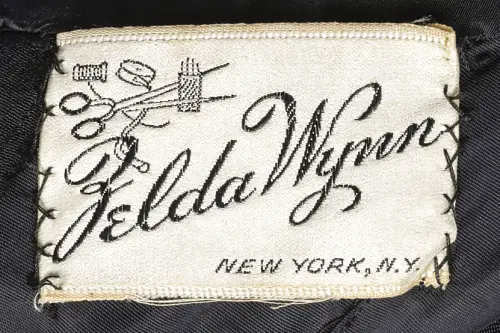
Long before brands started emphasizing “bodycon” and figure-hugging styles, Zelda Wynn Valdes was designing dresses that celebrated curves. She was the first Black woman to own a boutique on Broadway in the ’40s, dressing stars like Josephine Baker and Ella Fitzgerald. Her gowns, which accentuated the waist and flared at the hips, became the go-to look for glamorous women of the time. Valdes didn’t just make clothing—she helped redefine femininity in fashion shares the New York Times.
Her influence went beyond Hollywood, as she later designed costumes for the Dance Theatre of Harlem, proving that elegance had no bounds. Even the famous Playboy Bunny outfit was inspired by her designs, though she rarely got credit for it. Today, when you see a red-carpet gown that hugs in all the right places, there’s a good chance it owes something to her vision. Without saying a word, she changed the way women dressed—and felt—in their own skin.
3. Ann Lowe Designed One of the Most Famous Wedding Dresses Ever
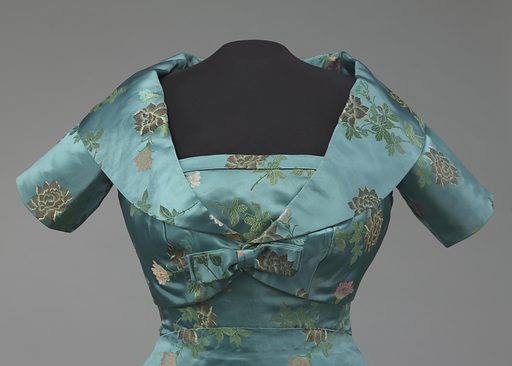
When Jackie Kennedy married John F. Kennedy in 1953, all eyes were on her wedding dress, a voluminous, elegant gown that became one of the most famous bridal looks in history. But most people had no idea that a Black woman, Ann Lowe, was the designer behind it. Lowe was a master seamstress whose craftsmanship was unparalleled, creating gowns for America’s elite. However, because of the racism of the time, she often went uncredited for her work.
Lowe’s talent spoke for itself, and she continued to design for high society, dressing debutantes and celebrities alike. She had to fight for every bit of recognition she received, even opening her own boutique despite financial struggles. Today, when people talk about timeless wedding fashion, her influence is undeniable. She may not have been a household name in her lifetime, but her designs—and the doors she opened—are still felt in bridal fashion today.
4. Grace Jones Brought Androgyny to the Mainstream
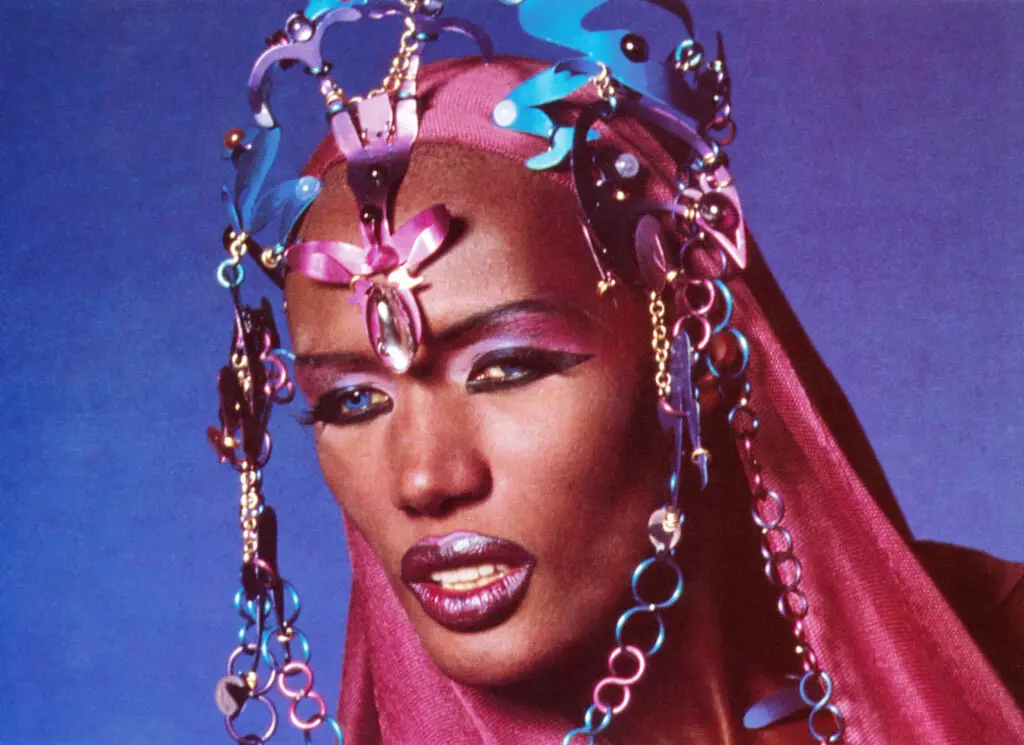
Before Grace Jones hit the scene in the ’70s and ’80s, fashion was largely divided into rigid ideas of “masculine” and “feminine” styles. But she tore up the rulebook, rocking sharp suits, structured silhouettes, and bold, dramatic makeup. She made androgyny look effortless, blending strength and sensuality in a way no one had seen before. Her collaboration with designers like Azzedine Alaïa and Jean-Paul Gaultier changed the way high fashion approached gender.
Her looks weren’t just about aesthetics—they challenged the industry’s beauty standards. Suddenly, bold, dark-skinned women with striking features were not only visible but celebrated. From music videos to runway shows, her impact is still clear today, influencing artists like Rihanna and Janelle Monáe. Every time you see a woman in a power suit or an avant-garde fashion spread that bends gender norms, you’re seeing a little bit of Grace Jones’ legacy.
5. Beverly Johnson Broke Barriers for Black Supermodels
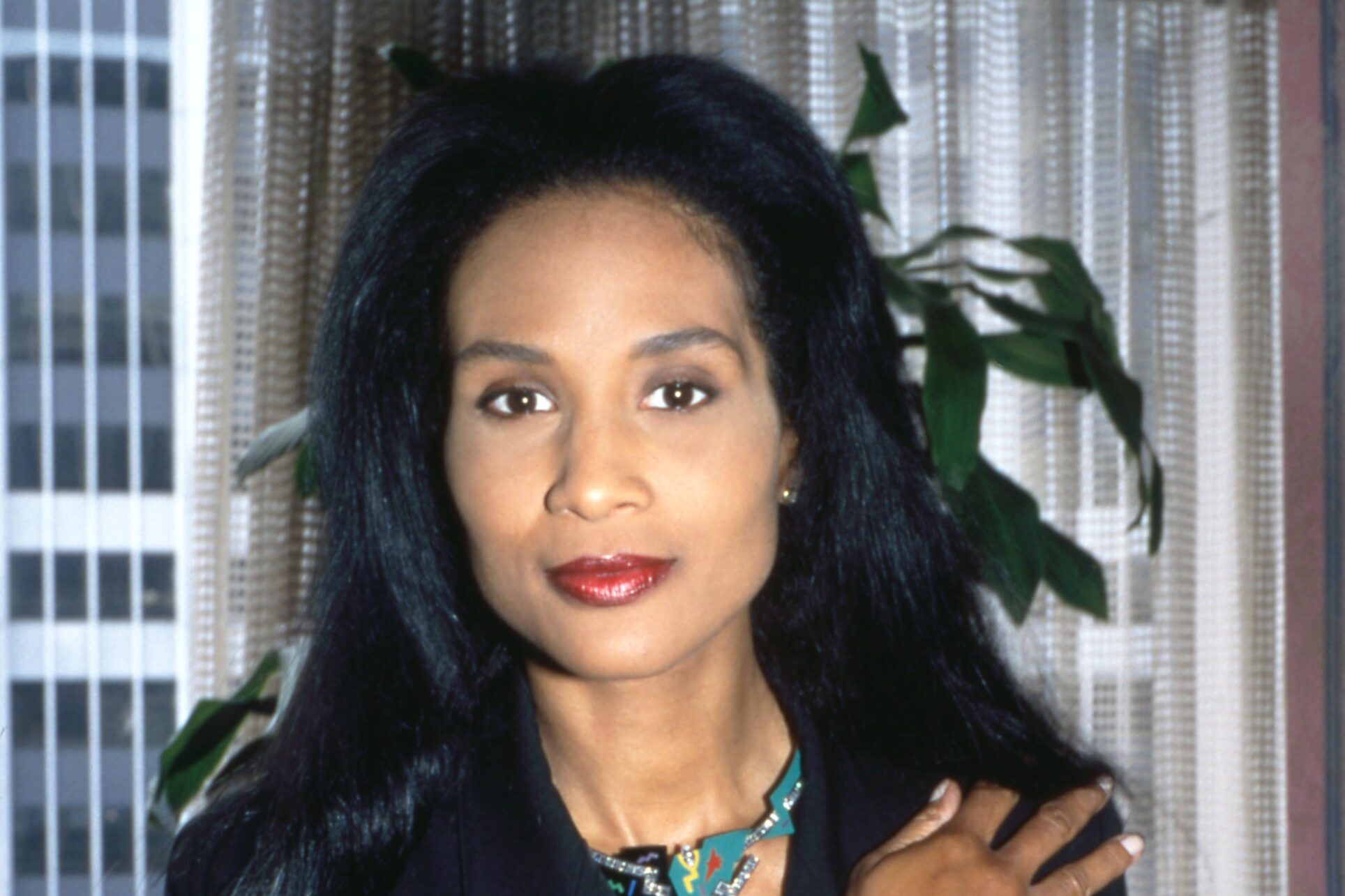
In 1974, Beverly Johnson became the first Black woman to appear on the cover of American Vogue, and fashion was never the same. Before her, major magazines rarely featured Black models, reinforcing a narrow idea of beauty. Her cover didn’t just open doors—it kicked them wide open. Designers and photographers started booking more Black models, slowly shifting the industry toward greater diversity.
Her influence didn’t stop there. Johnson became a household name, landing major campaigns and proving that Black women could be the face of luxury brands. Decades later, she continues to speak out about the racism she faced, ensuring that today’s models don’t have to fight the same battles alone. The rise of supermodels like Iman, Naomi Campbell, and Tyra Banks can all be traced back to her groundbreaking moment. What seemed like just a magazine cover was actually a revolution in motion.
